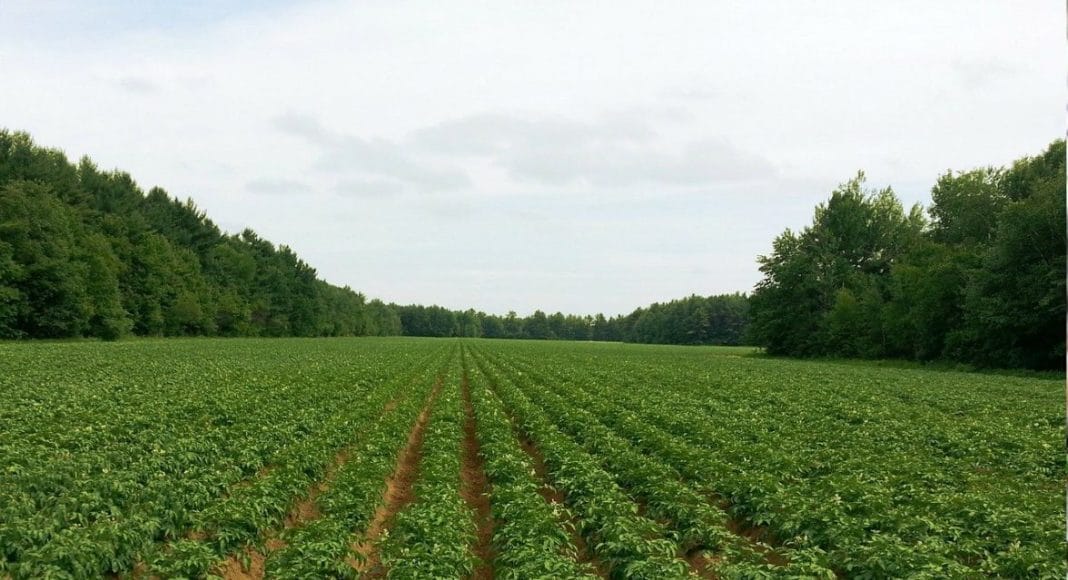Plants require 17 essential nutrients to grow. Though they require only N,P,K and S in large quantity, micronutrients can make or break yield and quality. In potato crops, boron is one of the most commonly deficient nutrients. Last month, we featured the first half of a conversation with University of Manitoba plant scientist, Mark Belmonte, about boron’s roles in tuber bulking and potato plant growth mid-season. This month, we’re following up with the second half of our conversation, this time about boron’s end-of-season roles.
Brodie Workman (BM): Can you start by explaining why boron is critical to plant shut-down?
Mark Belmonte (MB): Sure. Boron’s key end-of-season role is really a continuation of its mid-season role in facilitating or, more correctly, amplifying communication between the leaves and roots. In this way, boron helps drive down into the tubers all of the sugars that accumulate in the leaves. At the end of season, a plant with adequate boron is able to push every last bit of sugar down into the tubers, maximizing tuber sizing.
BM: Just how significant a difference does boron make in late season?
MB: Boron makes a huge difference in terms of maximizing the potential of the plant to increase the size of the tubers. Most growers out where I am in Manitoba grow russets for McCain or Simplot, so the bigger the potatoes are, the better. But it’s also about quality whether you’re talking russets or tablestock or even seedstock: boron helps keep tubers solid and heavy, with nice uniform skin and reduced bruising.
BM: What do you recommend to producers to optimize end-of-season crop nutrition?
MB: It’s the same thing I recommend at all stages of crop growth. Checking your nutrition – doing those tissue tests at the beginning, middle and end of the season – is so important so you know where you’re at for deficiencies. Maximizing quality and yield requires taking every opportunity to best meet the changing needs of the crop.
Growers are really smart people and understand that nutrition is important. However, they might not understand the mode of action for some of these products. Boron, for example, isn’t one of the top nutrients you think about but is incredibly important to the overall health of the planet and the quality and sizing of the tubers.
BM: What do you recommend for late season boron application?
MB: You will want to ramp up application as you get late in the season. Unlike barley, which can suffer boron toxicity, potatoes are more tolerant to boron. I’d recommend applying straight boron or a boron combination product like Sugar Mover for best ultimate returns.
Related Articles
Mid-season Crop Nutrition: How’s Your Boron?
Plant Hormone Snapshot — Last but Definitely Not Least, Cytokinin
Plant Hormone Snapshot — Take Advantage of the Multi-tasker Auxin











